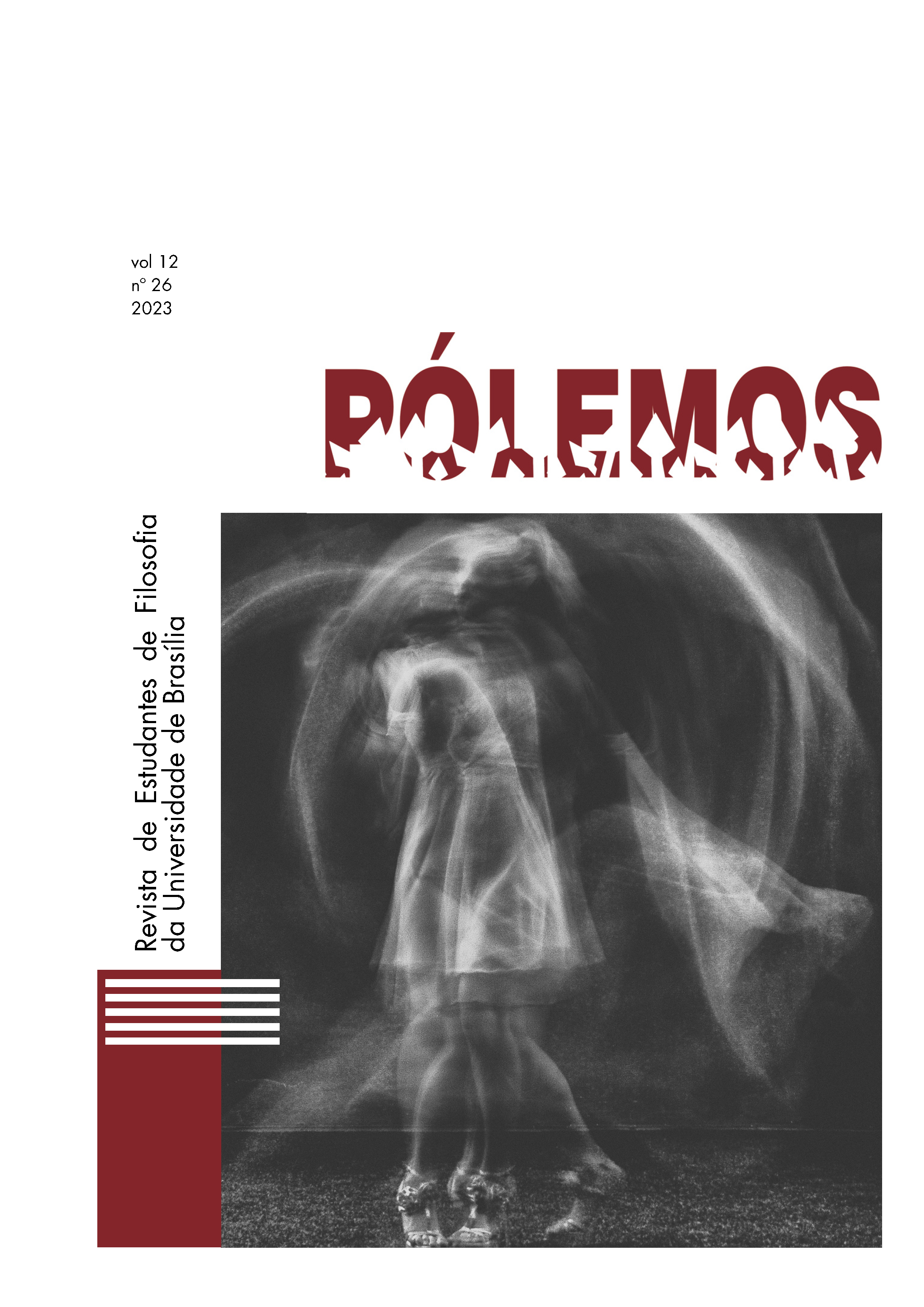MUSIC TO NOT BE HEARD
distracted listening on Theodor Adorno
DOI:
https://doi.org/10.26512/pl.v12i26.48605Keywords:
Theodor Adorno. Walter Benjamin. Distracted listening. Popular music. Background music.Abstract
The aim of this essay is to analyze the way in which Theodor Adorno deals with the distracted mode of reception of musical works. Starting from Walter Benjamin's distinction between concentrated and distracted reception of the work of art, the paper attempts to analyze why, for Adorno, distracted listening would not be able to grasp the totality of the musical work. Next, the paper examines how popular music conditions distracted reception and why the contemporary situation prevents the individual from engaging in concentrated listening. Finally, a phenomenon that is not very present in Adorno's work is examined, namely background music. The idea defended here is that music, when it fulfills the social function of serving as background, requires a deeper kind of distraction than that induced by popular music, producing music that is ultimately not made to be heard.
Downloads
References
ADORNO, Theodor W. Música ligeira. In: Introdução à sociologia da música: doze preleções teóricas. 2ª ed. São Paulo: Editora Unesp, 2017, pp. 85-111.
ADORNO, Theodor W. Music in the background. In: Essays on Music. University of California Press, 2002, pp. 506-510.
ADORNO, Theodor W. Sobre música popular. In: COHN, Gabriel (org.). Theodor W. Adorno (Coleção grandes cientistas sociais). São Paulo: Ática, 1986, pp. 115-146.
ADORNO, Theodor W. Sobre o caráter fetichista na música e a regressão da audição. In: Indústria Cultural. São Paulo: Editora Unesp, 2020, pp. 53-101.
ADORNO, Theodor W. Tempo Livre. In: Palavras e sinais: modelos críticos 2. Petrópolis: Vozes, 1995, pp. 70-82.
ADORNO, Theodor W. Teoria estética. Lisboa: Edições 70, 2011.
BENJAMIN, Walter. A obra de arte na era de sua reprodutibilidade técnica. In: Obras escolhidas I: magia e técnica, arte e política. Brasiliense, 1994, pp. 165-196.
DAMIÃO, Carla Milani. Os modos de recepção estética no ensaio sobre a Obra de arte de Walter Benjamin. In: DUARTE, Rodrigo; FIGUEIREDO, Virgínia (org.). As luzes da arte. Belo Horizonte: Opera Prima, 1999, pp. 521-536.
FREITAS, Verlaine. Fetichismo e regressão musicais em Theodor Adorno. Revista Pensando, v. 8, n. 16, 2017, pp. 80-106.
GAGNEBIN, Jeanne Marie. Atenção e dispersão: elementos para uma discussão sobre arte contemporânea entre Benjamin e Adorno. In: DUARTE, Rodrigo. et al. Theoria Aesthetica. Porto Alegre: Escritos, 2005, pp. 253-266.
HANSEN, Miriam Bratu. Cinema and experience: Siegfried Kracauer, Walter Benjamin, and Theodor W. Adorno. Berkeley: University of California Press, 2012.
KRACAUER, Siegfried. Culto da Distração. In: O Ornamento da Massa: ensaios. São Paulo: Cosac Naify, 2009, pp. 343-348.
LEPPERT, Richard. Music "pushed to the edge of existence" (Adorno, listening, and the question of hope). Cultural Critique, n. 60, 2005, pp. 92-133.
SUBOTNIK, Rose Rosengard. Toward a deconstruction of structural listening: a critique of Schoenberg, Adorno, and Stravinsky. In: Deconstructive variations: music and reason in western society. Minneapolis: University of Minnesota Press, 1996, pp. 148-176.
SZENDY, Peter. Listen: a history of our ears. New York: Fordham University Press, 2008.
Downloads
Published
How to Cite
Issue
Section
License
Copyright (c) 2023 PÓLEMOS – Revista de Estudantes de Filosofia da Universidade de Brasília

This work is licensed under a Creative Commons Attribution-NonCommercial-NoDerivatives 4.0 International License.
Todos os trabalhos que forem aceitos para publicação, após o devido processo avaliativo, serão publicados sob uma licença Creative Commons, na modalidade Attribution-NonCommercial-NoDerivatives 4.0 International Public License (CC BY-NC-ND 4.0). Esta licença permite que qualquer pessoa copie e distribua a obra total e derivadas criadas a partir dela, desde que seja dado crédito (atribuição) ao autor / Ã autora / aos autores / às autoras.


